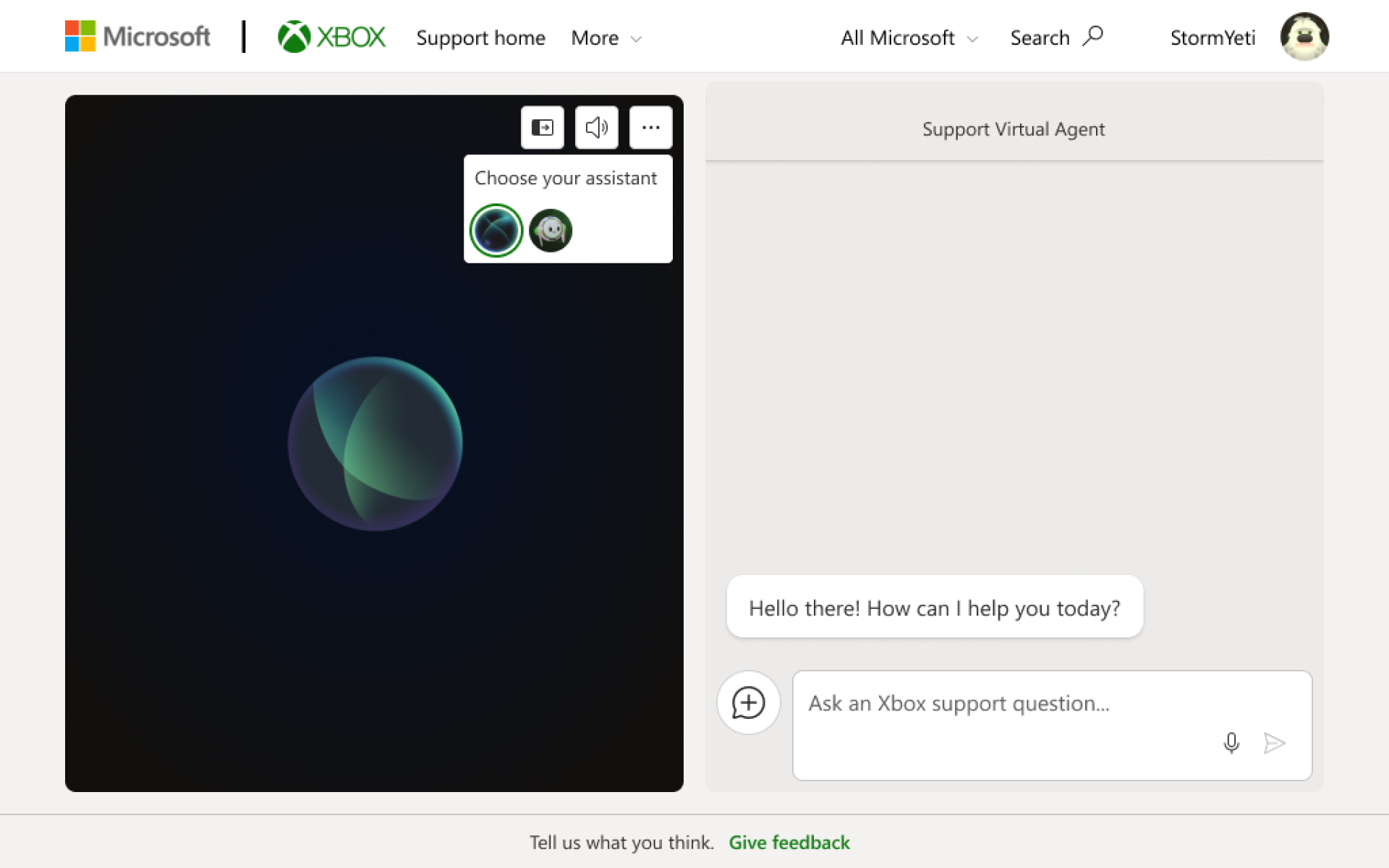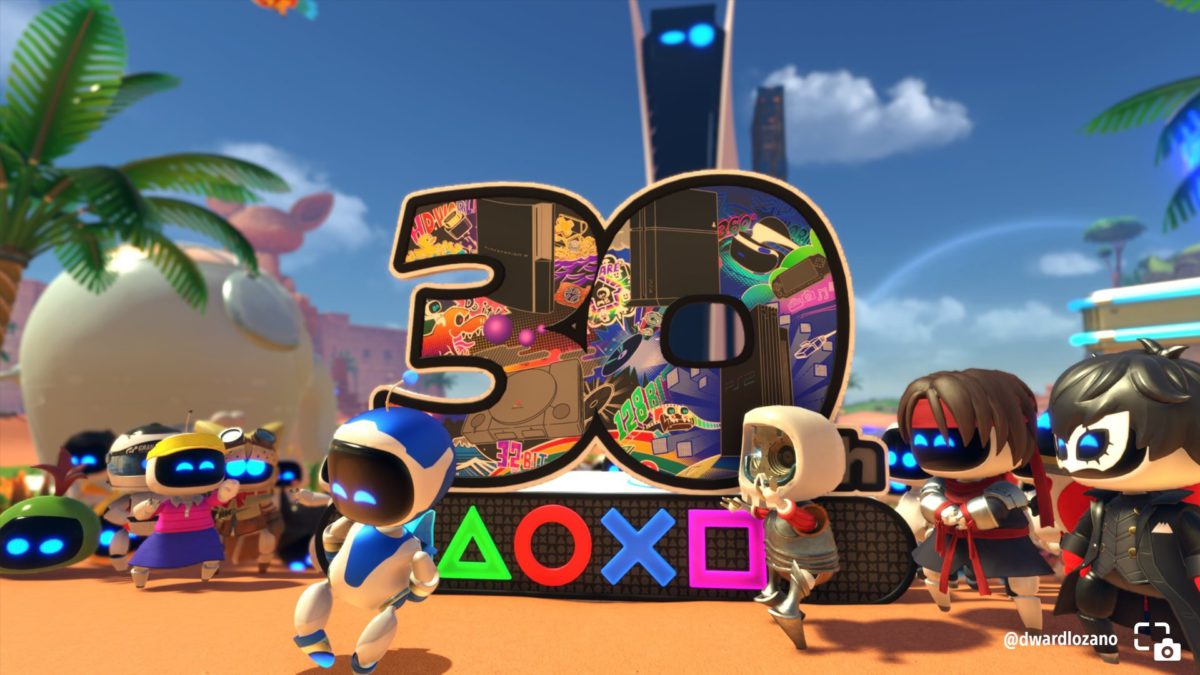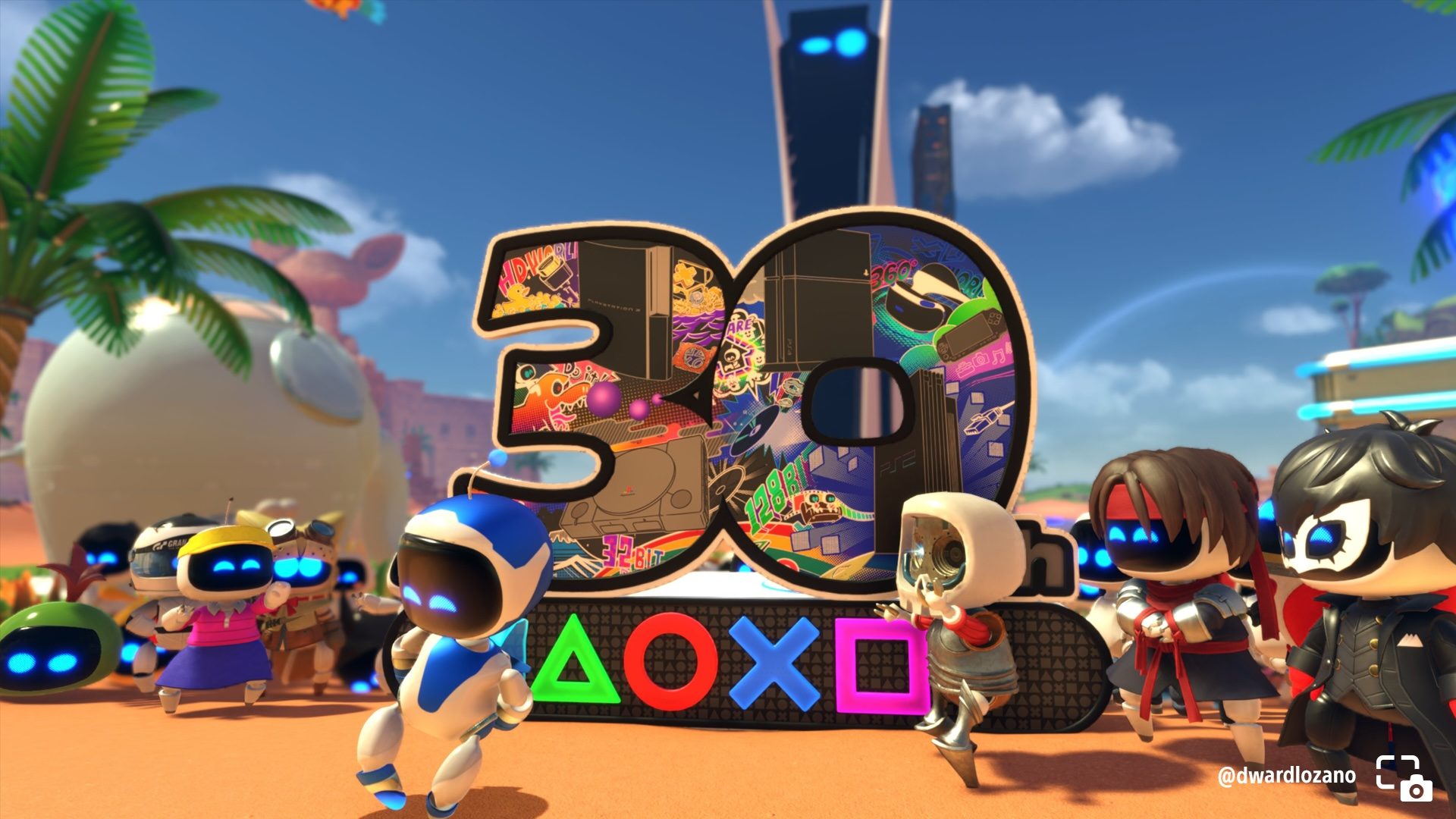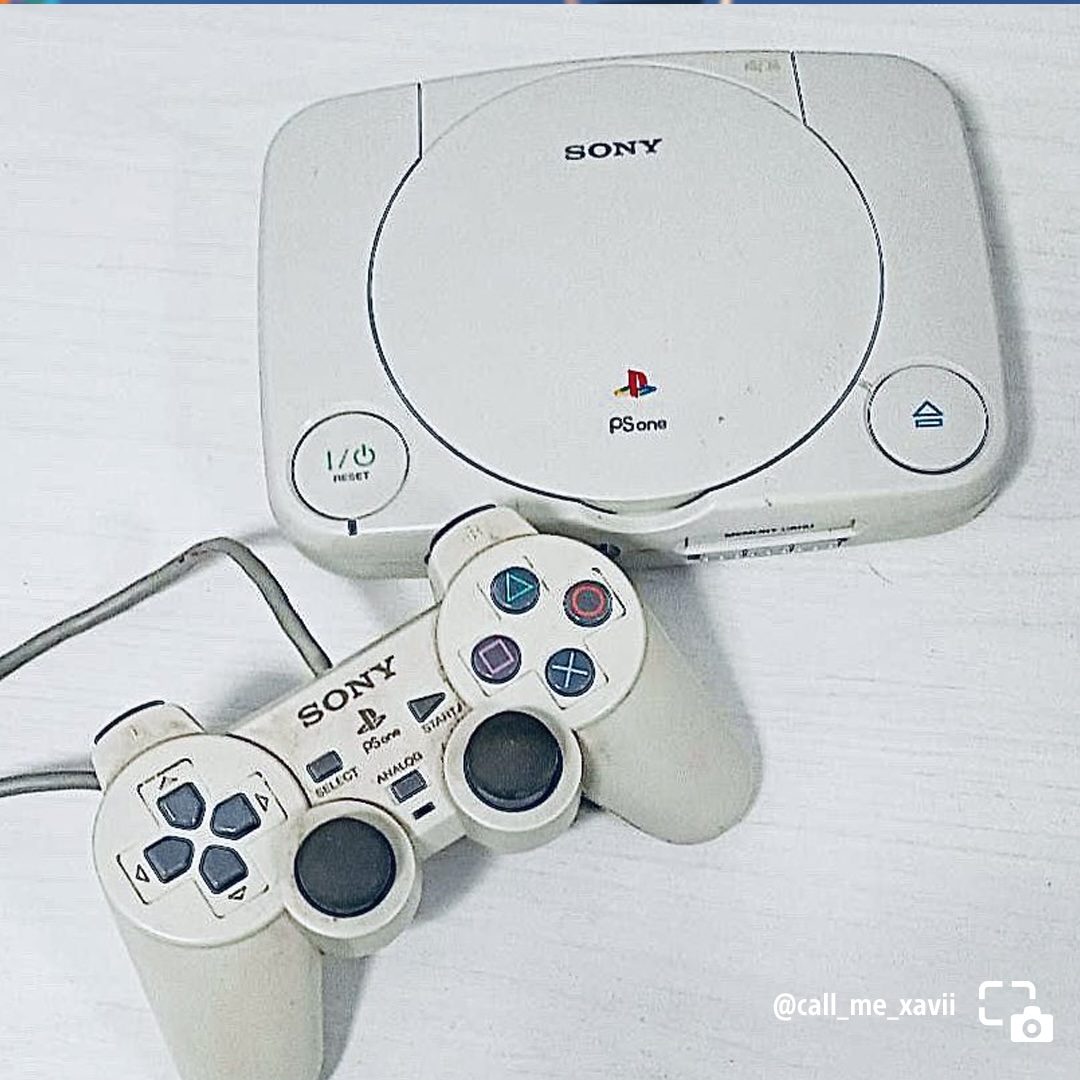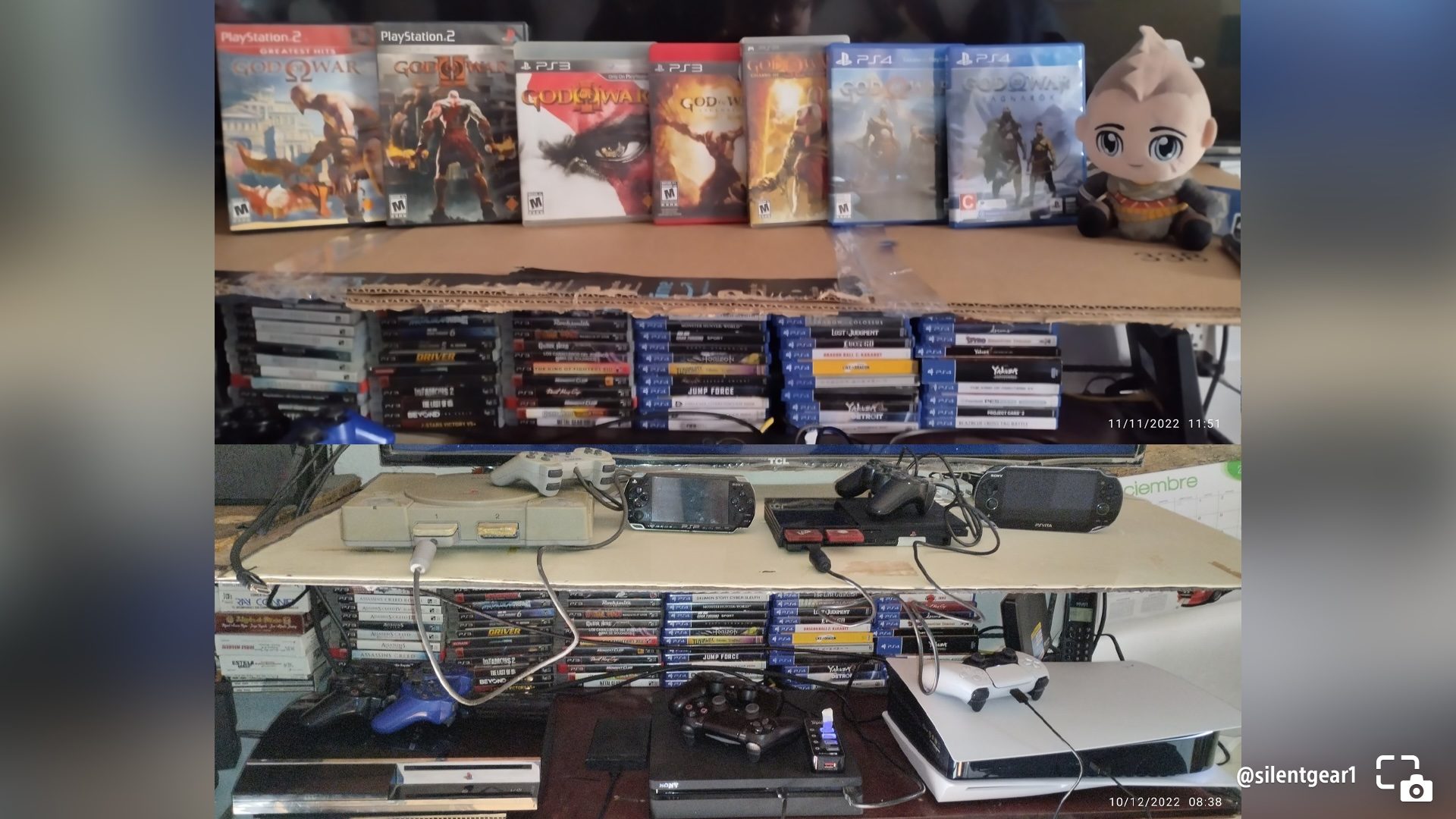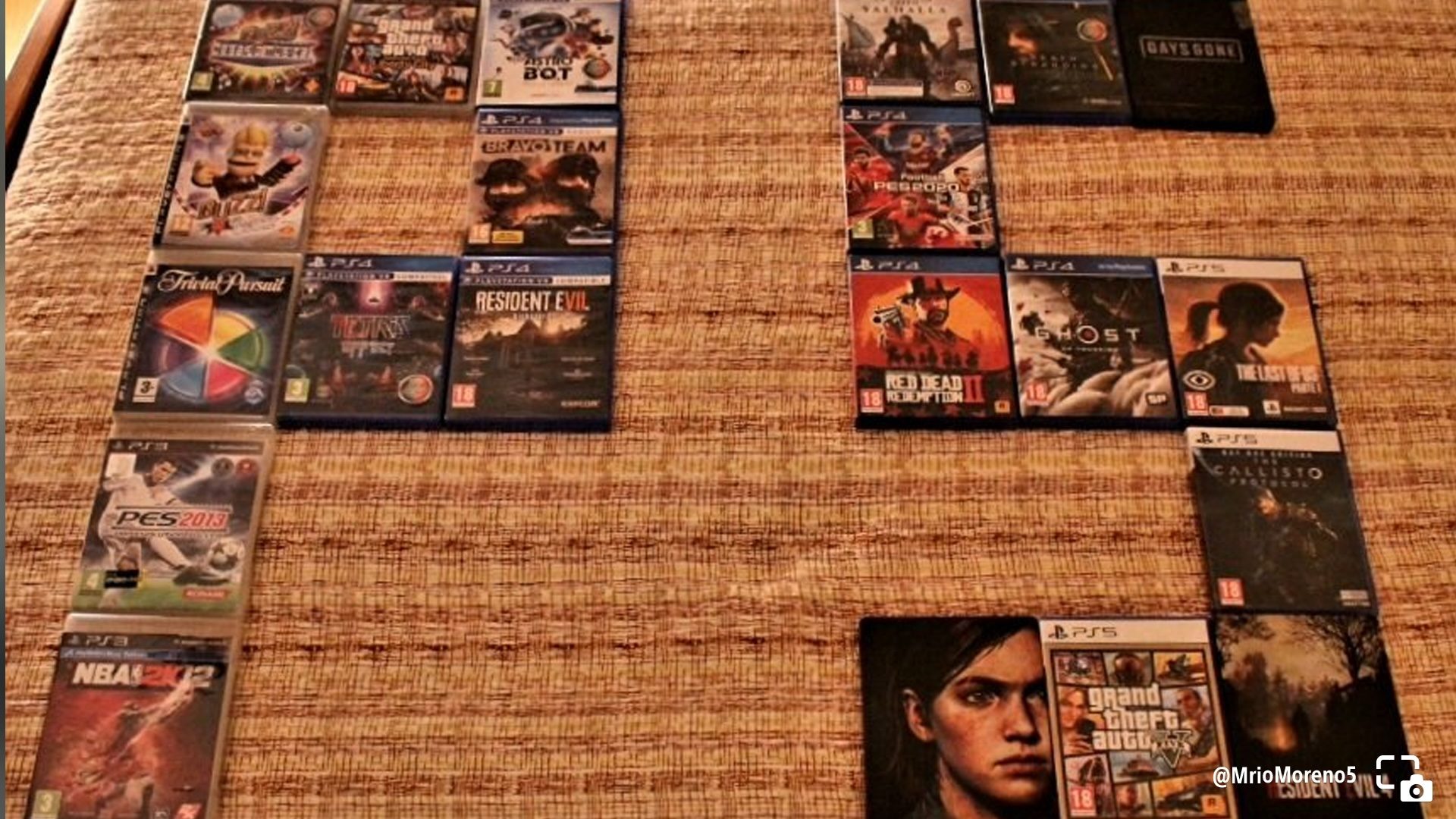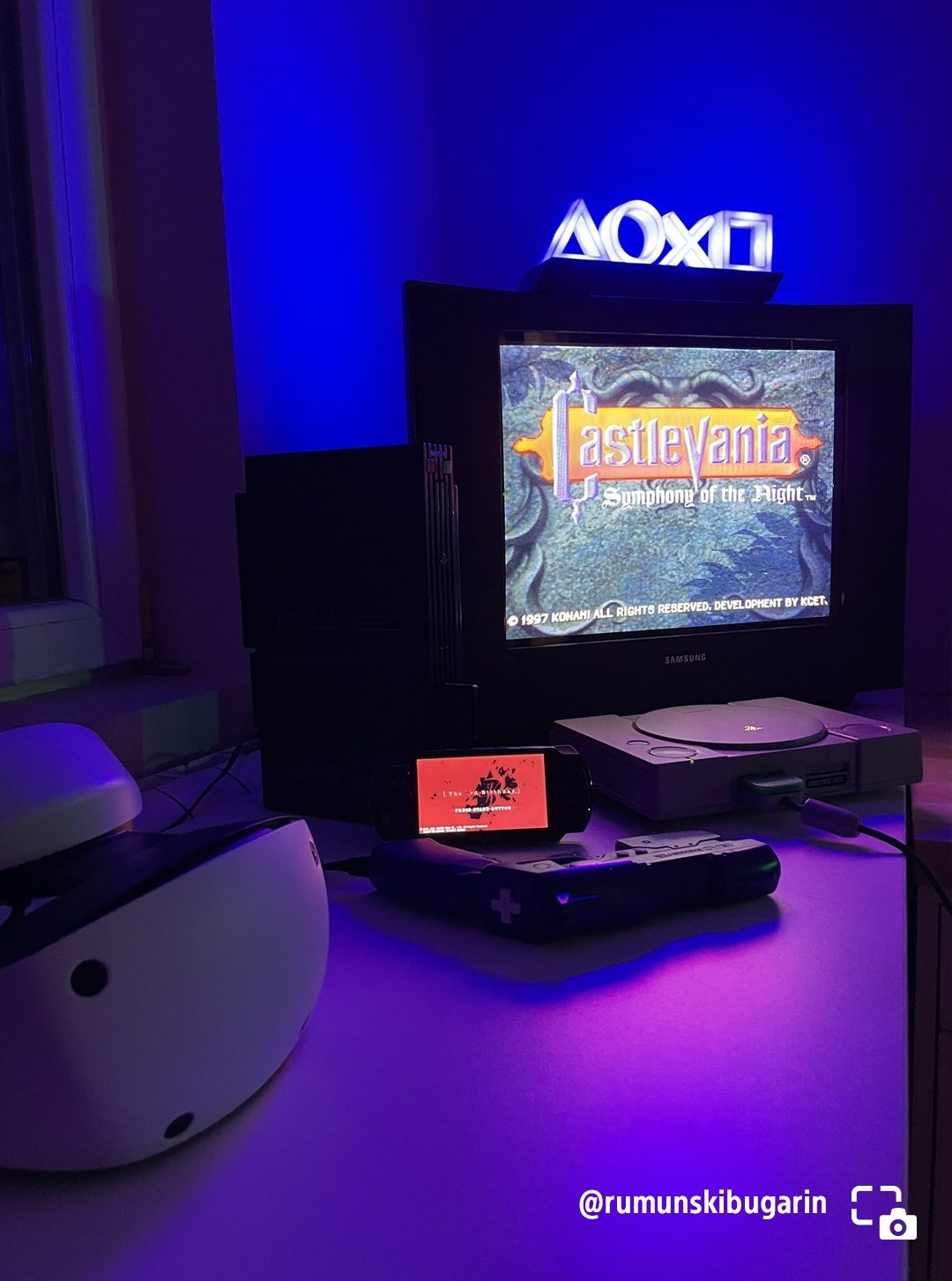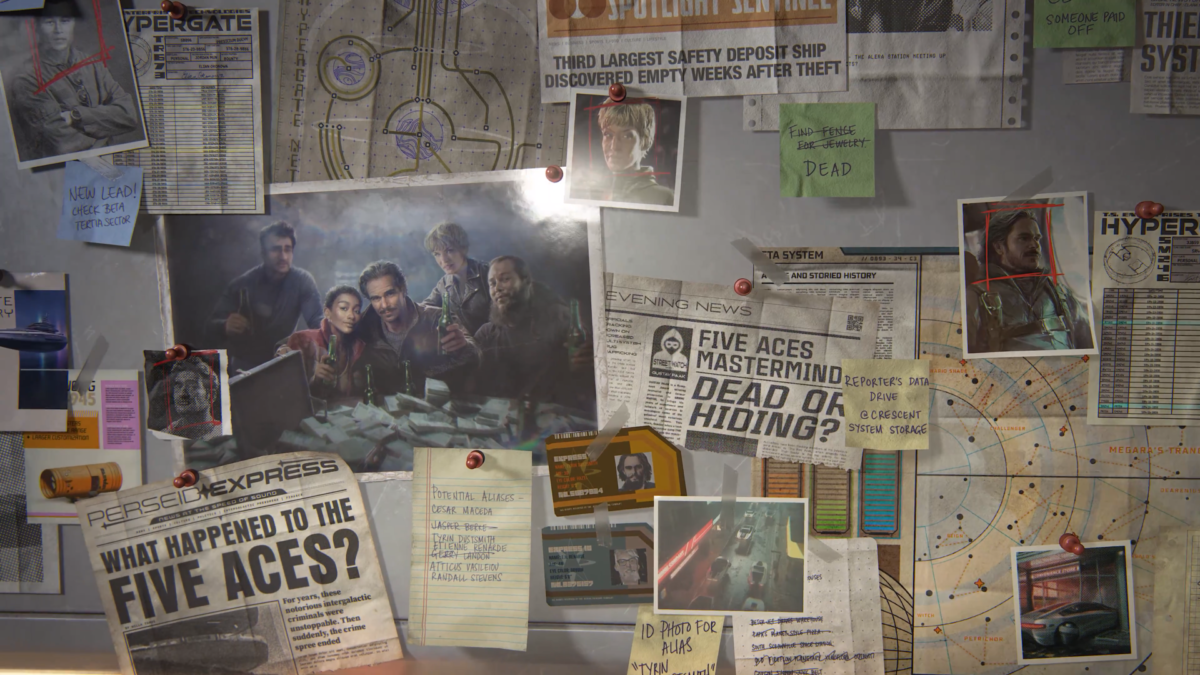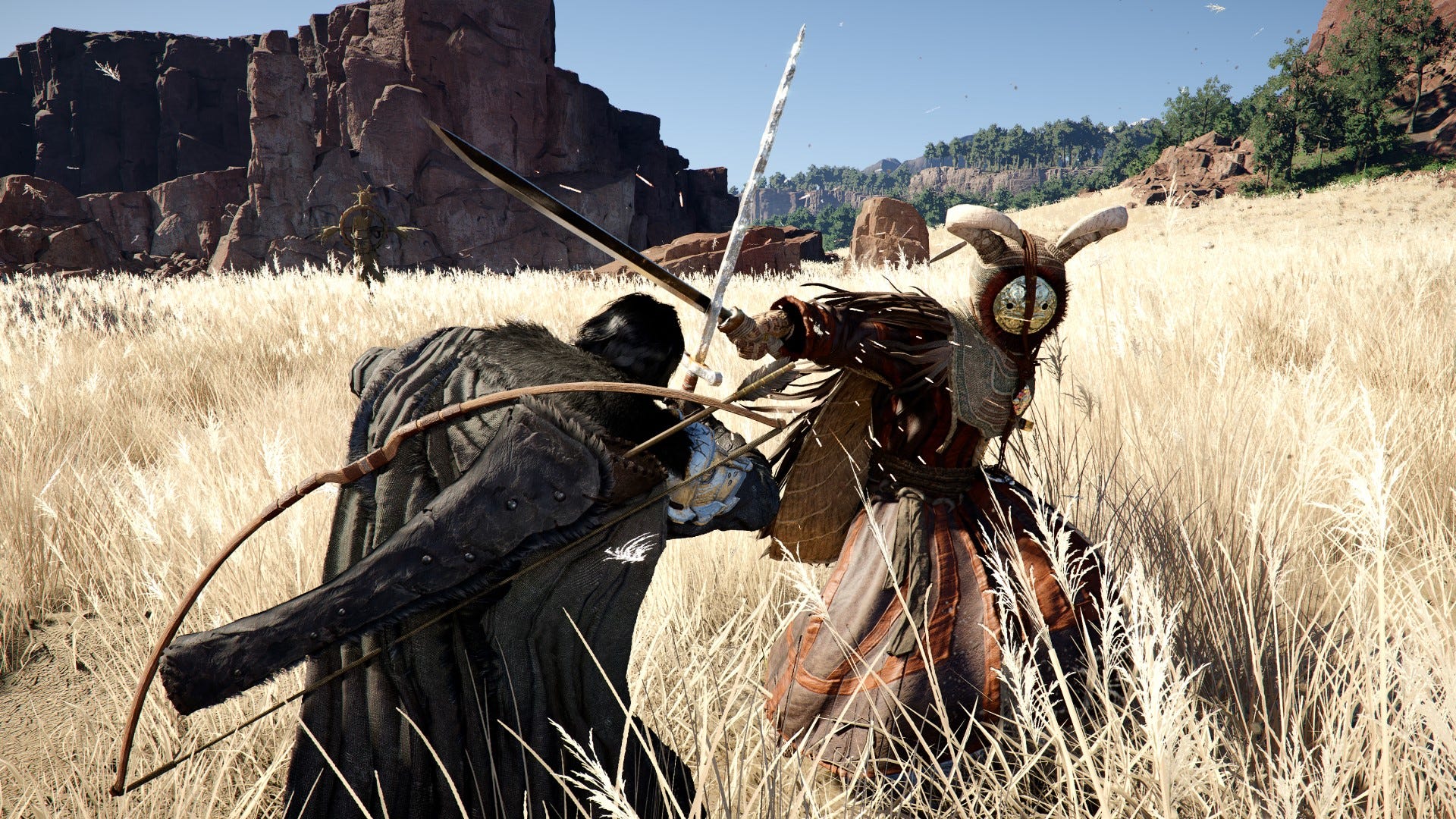Game of Thrones: Kingsroad has been announced as a story-driven action adventure role-playing game coming to mobile in 2025 from developer Netmarble.
A trailer for the game, previously known only as Game of Thrones MMORPG, was revealed during The Game Awards 2024 showcase last night, and shows the player character meeting the likes of Jon Snow, Cersei Lannister, and other iconic characters from the HBO series.
“Faithfully crafted under official license from HBO and Warner Bros. Interactive Entertainment, Game of Thrones: Kingsroad is a blockbuster story-driven action-adventure RPG that invites players to step into the immersive world of Westeros,” Netmarble said, dropping the previous MMO (massively multiplayer online) messaging.
“In Game of Thrones: Kingsroad, you will embark on a journey to restore your house’s legacy, forging alliances through trials and betrayals while navigating a realm rife with intrigue, danger, and opportunity. The game’s original storyline expands on that of the legendary TV series, allowing you to forge your own path amidst the power struggles of noble houses and the looming threat of what lies beyond the Wall.”
Players can choose from three classes: the knight, sellsword, or assassin. Each “offers a distinct playstyle inspired by the archetypes seen in Game of Thrones.”
The knight class uses a longsword and has “a sophisticated fighting style,” the sellsword uses a battle axe and has a “brutal fighting style,” and the assassin “employs agile and precise attacks” while dual-wielding daggers.
Little else has been said about Game of Thrones: Kingsroad despite it being revealed in 2022, but Netmarble will likely begin sharing more and more as its 2025 release draws closer.
Ryan Dinsdale is an IGN freelance reporter. He’ll talk about The Witcher all day.






![Support Virtual Agent is Here to Help [Update: Rolling Out to All US Users]](https://www.gameinfliction.com/wp-content/uploads/2024/12/SVA-Wire-02-c41ed8f9926e591874f2-1200x646.jpg)

